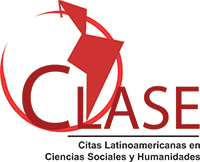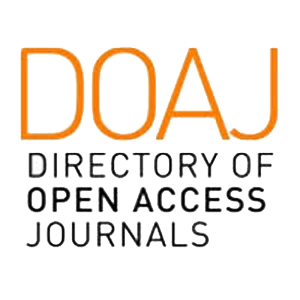Dinero endógeno y exógeno en la nueva macroeconomía keynesiana: un análisis teórico comparativo
Abstract
Within the framework of the new Keynesians, it seeks to clarify the relationship between the interest rate, the product, inflation and money, comparing a Central Bank that uses the money supply as a policy instrument, with another that follows interest rate rules. The purpose is to compare and draw relevant conclusions between the exogenous and endogenous approach to money.
Downloads
References
Bofinger, P., Mayer, E., & Wollmershauser, T. (2006). The bmw Model: A New Framework for Teaching Monetary Economics. The Journal of Economic Education, 37(1), 98-117. Carlin, W., & Soskice, D. (2005). The 3-Equation New Keynesian Model: A Graphical
Exposition. Contributions to Macroeconomics, 5(1), 1-36.
Clarida, R., Gertler, M., & Gali, J. (1999). The Science of Monetary Policy: A New Keynesian Perspective. Journal of Economic Literature, 37(4), 1661-1707.
González, L. & Lizarazu, E. (2019). Una aproximación a la endogeneidad monetaria poskeynesiana a partir del núcleo de la nueva macroeconomía keynesiana. Revista Nicolaita de Estudios Economicos, vol. xiv, núm. 1, 7-28.
Fontana, G., & Setterfield, M. (2010), Macroeconomic Theory and Macroeconomic Pedagogy. Great Britain: Palgrave Mcmillan.
Lizarazu, E. (2006). La macroeconomía IS-LM. Una retrospección teorética estilizada
Investigación Económica, lxv(256), 103-129.
Lizarazu, E. (2014). La política monetaria en la macroeconomía keynesiana. Economía, Teoría y Práctica, 40, 29-59.
McLeay, M., Radia, A. & Thomas, R. (2015). La creación de dinero en la economía moderna. Revista de Economía Institucional, 17(33), 355-383.
Mishkin, F. (1996). The Channels of Monetary Transmission: Lessons For Monetary Policy. NBer Working Paper Series 5464, 1-29.
Poole, W. (1970). Optimal Choice of Monetary Policy Instrument in a Simple Stochastic Macro Model. Quarterly Journal of Economics, 84, 197-216.
Romer, D. (2000). Keynesian Macroeconomics without the LM Curve. Journal of Economic Perspectives, 14(2), 149-169.
Sawyer, M. (2010). Teaching Macroeconomics When Endogeneity of Money is Taken Seriusly. En Fontana, G., & Setterfield M. (ed.). Macroeconomic Theory and Macroeconomic Pedagogy. Great Britain: Palgrave Mcmillan, 131-143.
Snowdon, B., & Vane, H. (2005). Modern Macroeconomics Its Origins, Development and Current State. Great Britain: Edward Elgar.
Tamborini, R. (2010), Rescuing the LM Curve (and the Money Market) in a Modern Macro Course. En Fontana, G. & Setterfield M., (ed.). Macroeconomic Theory and Macroeconomic Pedagogy. Great Britain: Palgrave Mcmillan, 76-100.
Taylor, J. (1993a). A Historical Analysis of Monetary Policy Rules. Monetary Policy Rules,
University of Chicago Press, 319-348.
Taylor, J. (1993b). Discretion Versus Policy Rules in Practice. Carnegie-Rochester Conference Series on Public Policy, 39(1), 195-214.
Stiglitz, J. & Weiss, A. (1981). Credit Rationing in Markets with Imperfect Information.
American Economic Association, 71(3), 393-410.
Walsh, C. (2002). Teaching Inflation Targeting: An Analysis for Intermediate Macro.
Journal of Economic Education, 333-346.
Woodford, M. (2003). Interest and Prices: Foundations of a Theory of Monetary Policy.
New Jersey: Princeton University.
Copyright (c) 2023 Denarius

This work is licensed under a Creative Commons Attribution-NonCommercial-ShareAlike 4.0 International License.














